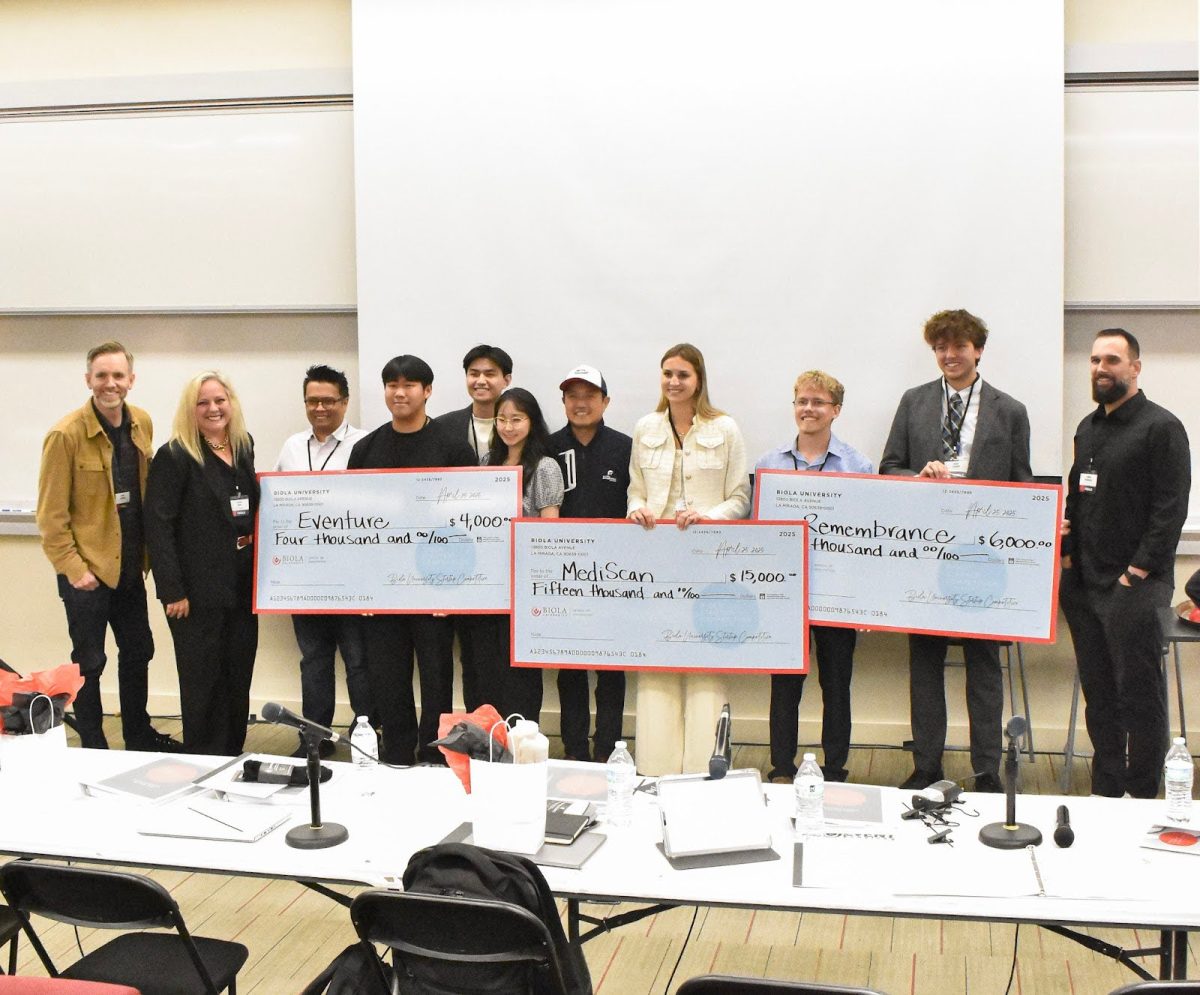Student loan company Sallie Mae announced that beginning July 1 students will be required to make monthly payments on their student loans while still in school.
The decision will affect all students who receive loans from Sallie Mae for the coming school year. There were 347 Biola students with loans from the company this year, all of which will have to begin making payments on their loans, should they choose to renew them. However, it is the only major federally approved loan company that has announced it will do so.
Sallie Mae is a private, or alternative, loan company that is usually the second most-used loan provider by Biola Students. It is outnumbered only by the Stafford Loan, a federally-backed loan offered by multiple lenders. It is available to all students and is generally seen as a starting point for students seeking loans.
It has been estimated that with no financial aid, the current prices of tuition, a dorm room with one roommate and a 10-meal plan could leave a 2012 graduate with $134,763 of debt, not including the cost of a parking permit or books. These numbers force the vast majority of Biola students to seek help when paying for their school expenses.
Seventy-five percent of students receive some form of financial aid package, according to the financial aid department, Of those students, 85 percent receive some sort of loan.
The Sallie Mae loan is especially popular with Biola students, because until very recently, the Biola application for the Stafford Loan was located on the Sallie Mae Web site, and many students would apply for the Sallie Mae loan without knowing it.
Although students may dread having to pay monthly loan fees, Emilee Hidy, assistant director of financial aid at Biola, said the new payment method is actually a wise move by Sallie Mae.
“They want to promote credit-worthy borrowers who can make their payments. … it’s an effort to be conscientious in this economy,” Hidy said.
The new method of payment also saves money for students in the long run, since it keeps them from paying interest-on-interest, she said. The Sallie Mae Web site gives an example of a student with a twice-dispersed $5,500 loan and an 11.72 percent interest rate. The student would be required to pay $52 per month while attending school, which would grow to $108 per month, six months after they graduate.
While the figures seem daunting, the Web site claims that in the above example, students will lower their over-all debt by paying off their interest because they will not be accumulating interest-on-interest. The example student would end up paying $10,636 after paying off interest while in school, compared to $16,970 they would owe if they had waited to begin payments until after graduation, which would also have also result in a higher interest rate.
However, for students such as sophomore Tiffany Tomlinson, waiting to begin payments still holds its appeal.
“I feel better waiting till after graduation to begin payments,” said Tomlinson.
While some students resent the coming monthly payments, not everyone feels it will be a burden.
“My loan is only for $3,000. I have to pay interest every month; it’s like $21. It hasn’t been that big of a deal,” said sophomore Stephanie Gomez.
According to Hidy, the monthly payments also have benefits for graduates. They will not only face smaller loans after graduation, but will be more aware of exactly how much they owe, because they will have had practice paying their debts and keeping track of their loans.
Regardless of the benefits of early payments, Hidy admits that the current national financial climate is dire for students.
“This year, more than ever, the [financial] need has been more stressful,” Hidy said.
Despite the stress, the department does not anticipate students to be forced to leave because of their loan payments. Hidy says students should not expect their payment to be big or to seriously affect them.
While this may be true, even Sallie Mae has predicted that its loan amounts will drop from last year’s $6.3 billion to between $5.5 and $6 billion this year; showing that despite reassurance, they expect some students to fail to meet loan requirements or to drop their loans because of the new monthly payments.






